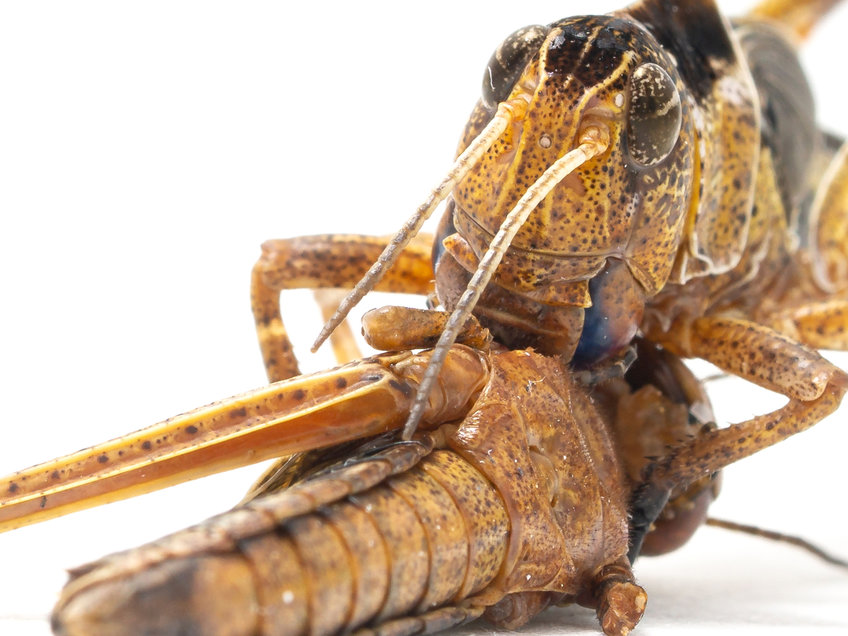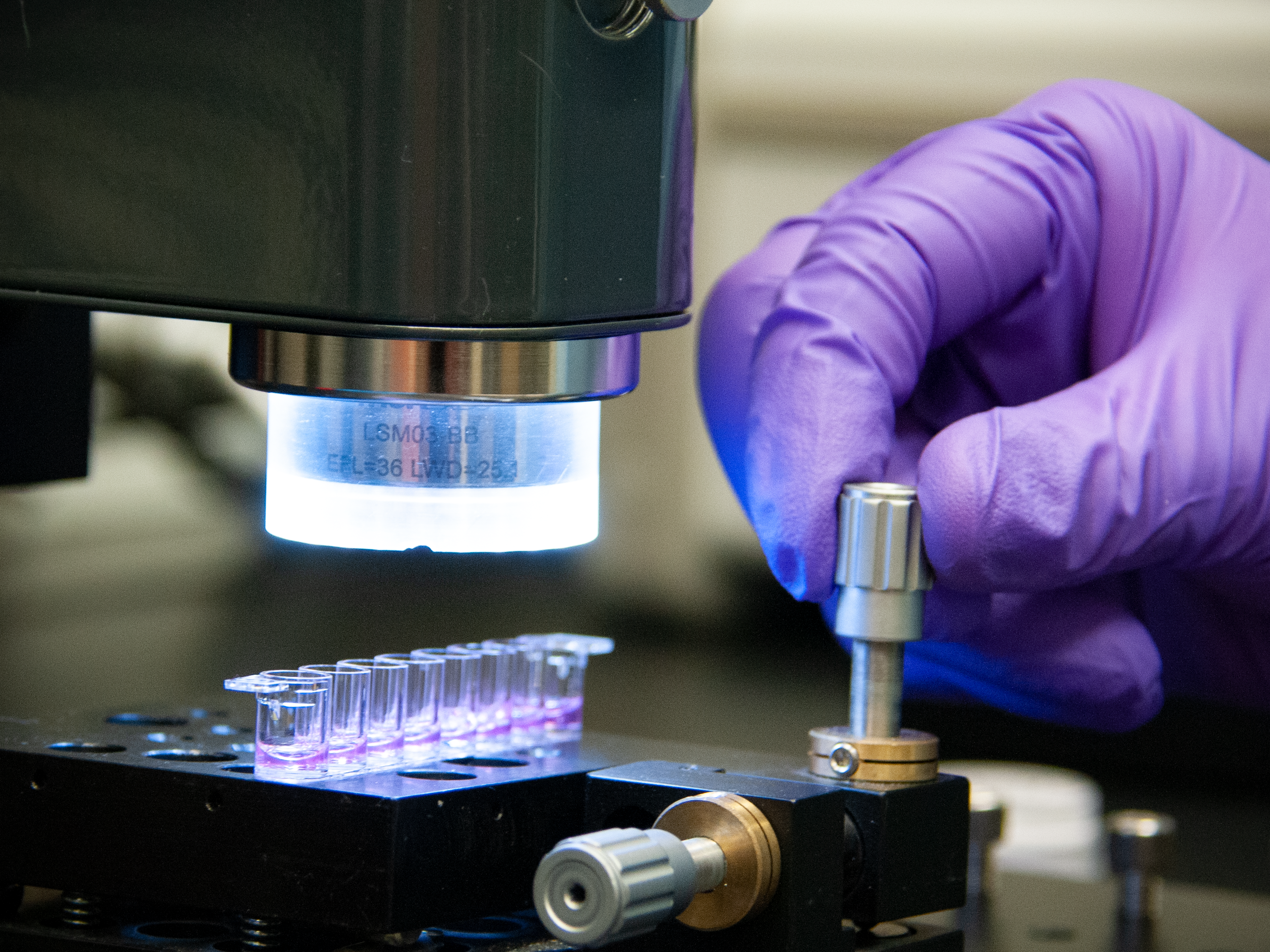2023-05-04 マックス・プランク研究所

Cannibalistic feeding attack: A migratory locust Locusta migratoria eats a conspecific. Cannibalism is considered one of the main drivers of the devastating swarming behavior of locusts.© MPI f. Chemical Ecology/ Benjamin Fabian
◆本研究で、群集密度が高くなると食料攻撃から自己防衛のために、移動性イナゴが化合物フェニルアセトニトリルを生成することがわかり、この防御物質を生成できない場合、食料攻撃の割合が増加することが示された。また、フェニルアセトニトリルに対する嗅覚受容体も同定された。
◆防御フェロモンの発見は、移動性イナゴの制御の新しいアプローチを提供する。
<関連情報>
- https://www.mpg.de/20278575/0504-choe-chemisches-signal-schuetzt-wanderheuschrecken-vor-kannibalismus-155371
- https://www.science.org/doi/10.1126/science.ade6155
移動性イナゴの共食いを阻止する化学的防御法 A chemical defense deters cannibalism in migratory locusts
Hetan Chang,Sina Cassau,Jürgen Krieger,Xiaojiao Guo,Markus Knaden,Le Kang and Bill S. Hansson
Science Published:4 May 2023
DOI:https://doi.org/10.1126/science.ade6155
Editor’s summary
Locusts spend much of their lives living as peaceful herbivores. However, in response to various cues, they change morphologies, aggregate, and create huge swarms. Swarming locusts look different and behave differently, including engaging in cannibalism. Chang et al. identified a mechanism though which young locusts can limit their potential to be preyed upon by conspecifics (see the Perspective by Couzin and Couzin-Fuchs). A specific compound, phenylacetonitrile, is produced by locust nymphs raised in crowded conditions and protects the animals from their cannibalistic relatives. Characterization of this mechanism could contribute to an improved understanding of locust swarming behavior. —Sacha Vignieri
Abstract
Many animals engage in cannibalism to supplement their diets. Among dense populations of migratory locusts, cannibalism is prevalent. We show that under crowded conditions, locusts produce an anticannibalistic pheromone called phenylacetonitrile. Both the degree of cannibalism and the production of phenylacetonitrile are density dependent and covary. We identified the olfactory receptor that detects phenylacetonitrile and used genome editing to make this receptor nonfunctional, thereby abolishing the negative behavioral response. We also inactivated the gene underlying phenylacetonitrile production and show that locusts that lack this compound lose its protection and are more frequently exposed to intraspecific predation. Thus, we reveal an anticannibalistic feature built on a specifically produced odor. The system is very likely to be of major importance in locust population ecology, and our results might therefore provide opportunities in locust management.


